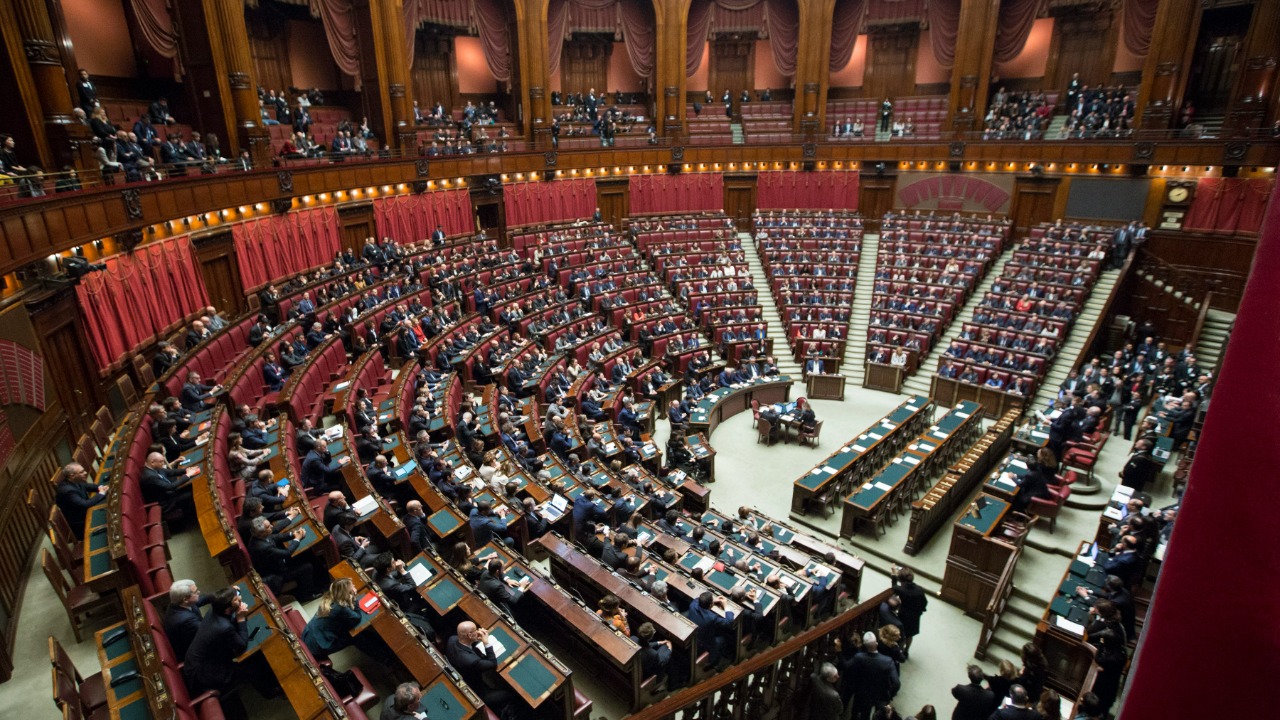Determining what it means to be middle class in 2025 requires understanding a complex web of economic factors, regional disparities, and evolving societal standards. As the cost of living continues to rise and economic conditions shift, the income required to maintain a middle-class lifestyle varies significantly across different states. This exploration delves into the nuances that define this economic category today.
Understanding the Middle Class: Definitions and Challenges

The concept of the middle class has evolved significantly over the decades, shaped by historical contexts and economic trends. Traditionally, being middle class meant having a stable income, owning a home, and achieving a comfortable standard of living. However, these perceptions have shifted as economic realities change. Today, the middle class is often defined by income brackets, but this definition alone is insufficient due to disparities in cost of living and purchasing power.
Defining the middle class involves examining economic indicators such as income range, household expenditures, and financial security. For instance, a household income of $50,000 might be considered middle class in some regions but insufficient in others due to higher living costs. The challenge lies in the diversity of economic conditions across the country, making it difficult to pin down a single definition that applies universally.
Regional Variations in Middle-Class Income

Across the United States, the minimum salary required to be considered middle class varies widely. According to a regional study, middle-class income thresholds can range from around $40,000 in some rural areas to over $100,000 in high-cost urban centers. For example, in California, being middle class might require an income of at least $85,000, whereas in Mississippi, the threshold could be closer to $42,000.
Urban and rural disparities further complicate the picture. In metropolitan areas like New York City or San Francisco, the high cost of housing and services pushes the minimum middle-class income much higher than in rural regions. Case studies reveal that states like New York and California have some of the highest income requirements for the middle class, while states in the Midwest and South often require lower incomes to maintain a similar lifestyle.
Economic Factors Influencing Middle-Class Salaries in 2025

Several economic factors are crucial in determining the necessary income for middle-class status in 2025. Inflation and the rising cost of living continue to erode purchasing power, meaning households must earn more to maintain the same standard of living. Housing and healthcare costs are particularly significant, as they constitute major expenses that impact financial stability.
Wage growth and job market trends also play a role. While some sectors see significant salary increases, others lag behind, affecting the overall financial landscape for middle-class families. As the job market evolves, shifts in employment sectors and salary adjustments will continue to influence what it means to be middle class. In some areas, fast-growing industries might offer higher wages, thereby raising the income threshold to be considered middle class.
The Impact of Policy and Legislation on the Middle Class

Government policies at both federal and state levels significantly influence middle-class income thresholds. Taxation and social programs can either alleviate or exacerbate financial pressures on middle-class households. For instance, changes in tax laws or adjustments to social benefits can directly impact household finances, potentially altering who qualifies as middle class.
Future policy considerations are crucial as well. Proposed legislative changes, such as increases in the minimum wage or adjustments to healthcare policies, can have profound effects on the economic well-being of middle-class families. Policymakers must consider these impacts when crafting legislation aimed at supporting middle-class stability and growth.
Looking Ahead: The Future of the Middle Class in America

As we look toward 2030 and beyond, several factors will shape the evolution of the middle class. Technological advancements and automation are expected to reshape the job market, influencing income distribution and potentially redefining middle-class status. New technologies may displace traditional jobs but also create opportunities in emerging industries.
Societal shifts and cultural changes will also play a role in redefining the middle class. As values and lifestyles evolve, so too will the markers of middle-class status. Understanding these changes will be crucial for predicting the future trajectory of the middle class in America, ensuring that policies and economic strategies remain aligned with the needs of this vital segment of the population.

Alexander Clark is a financial writer with a knack for breaking down complex market trends and economic shifts. As a contributor to The Daily Overview, he offers readers clear, insightful analysis on everything from market movements to personal finance strategies. With a keen eye for detail and a passion for keeping up with the fast-paced world of finance, Alexander strives to make financial news accessible and engaging for everyone.


